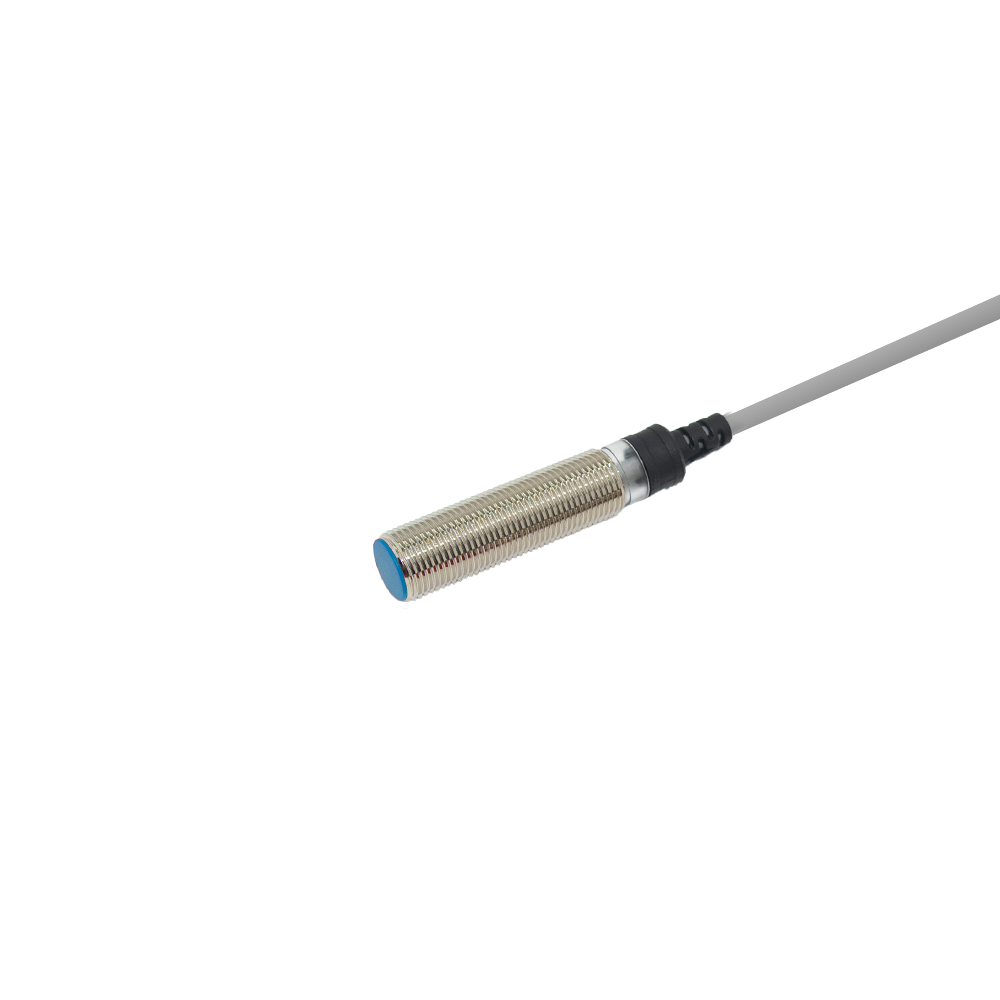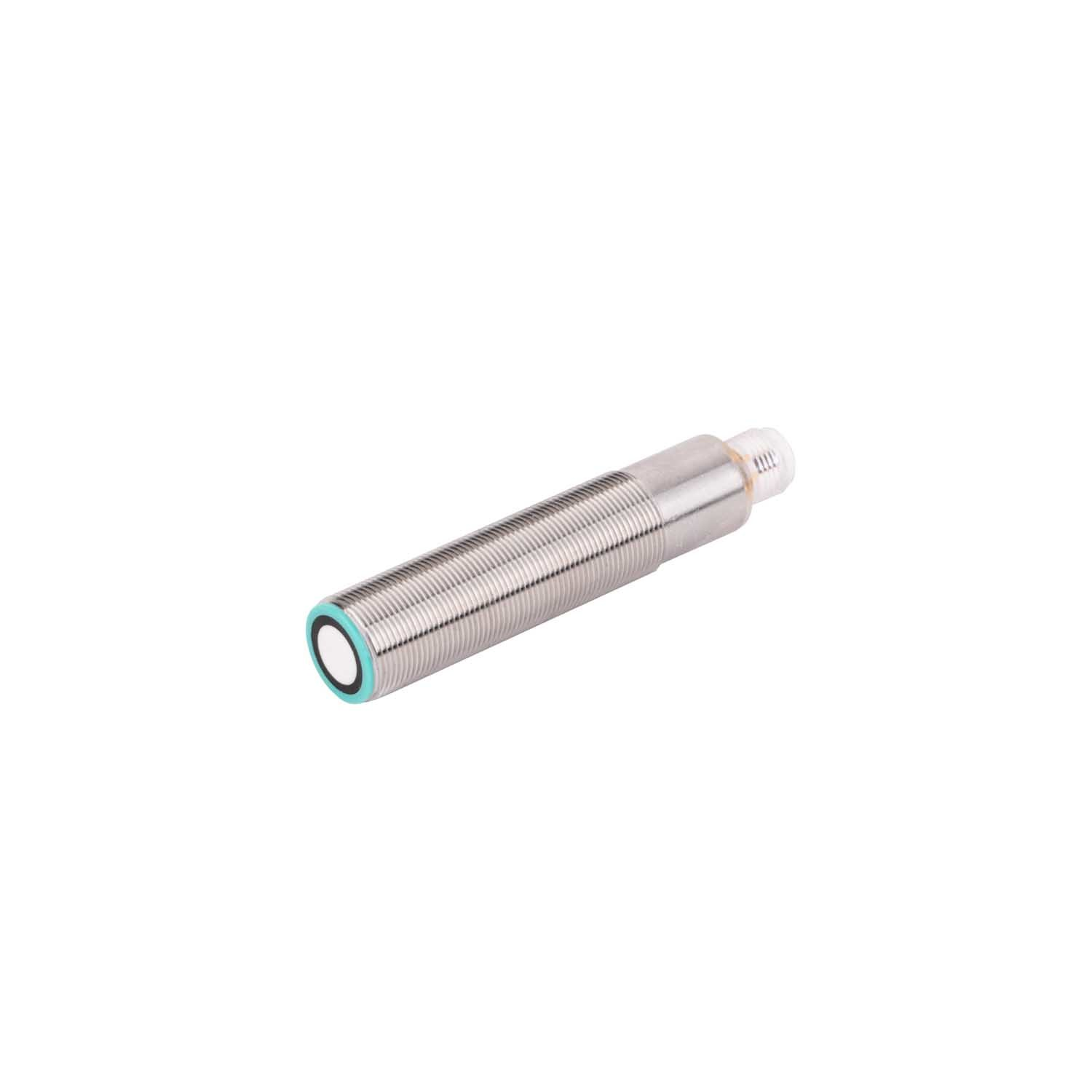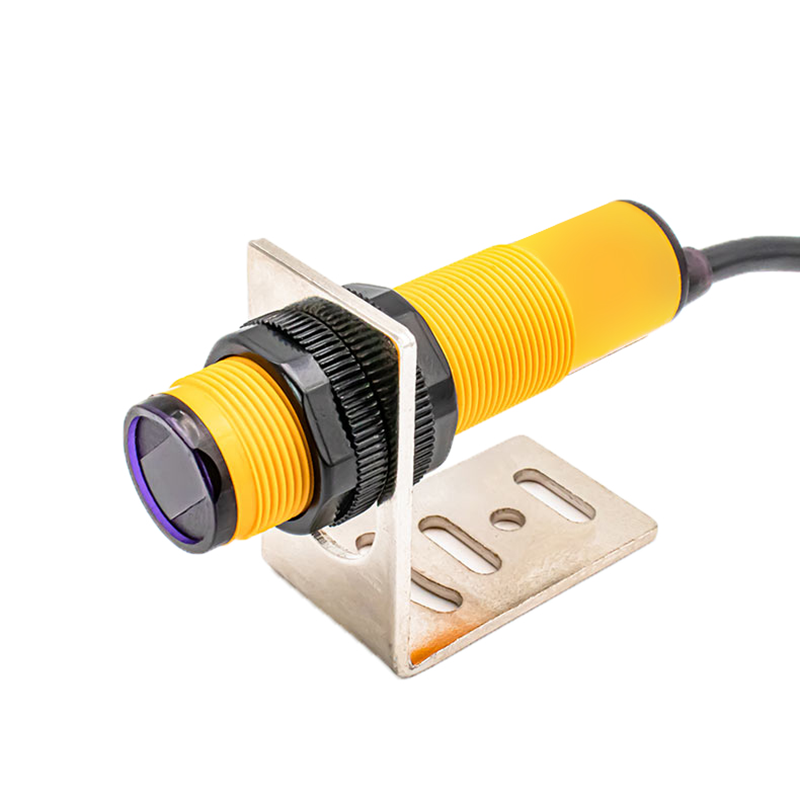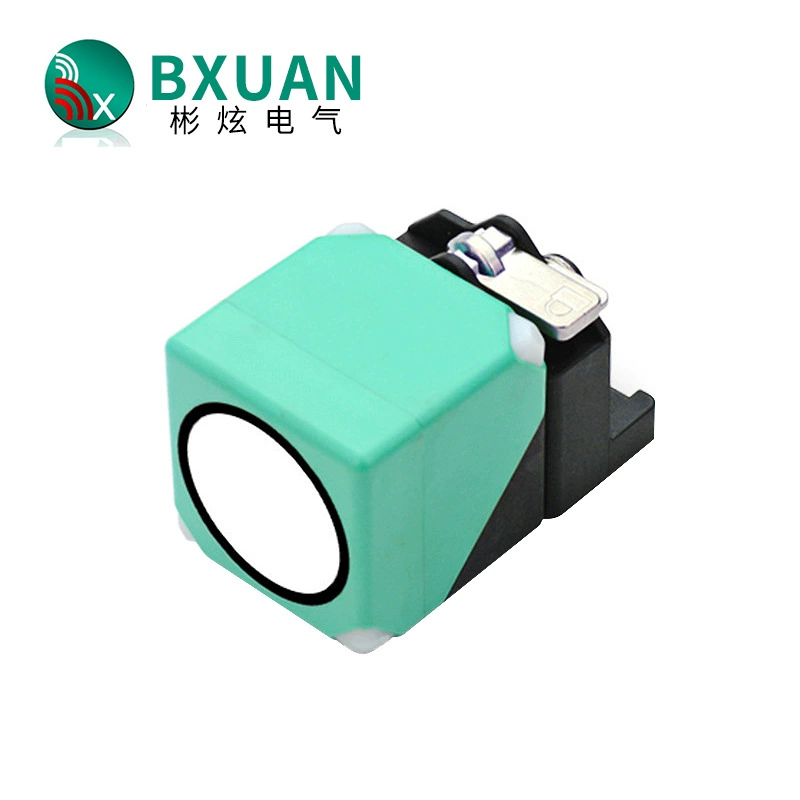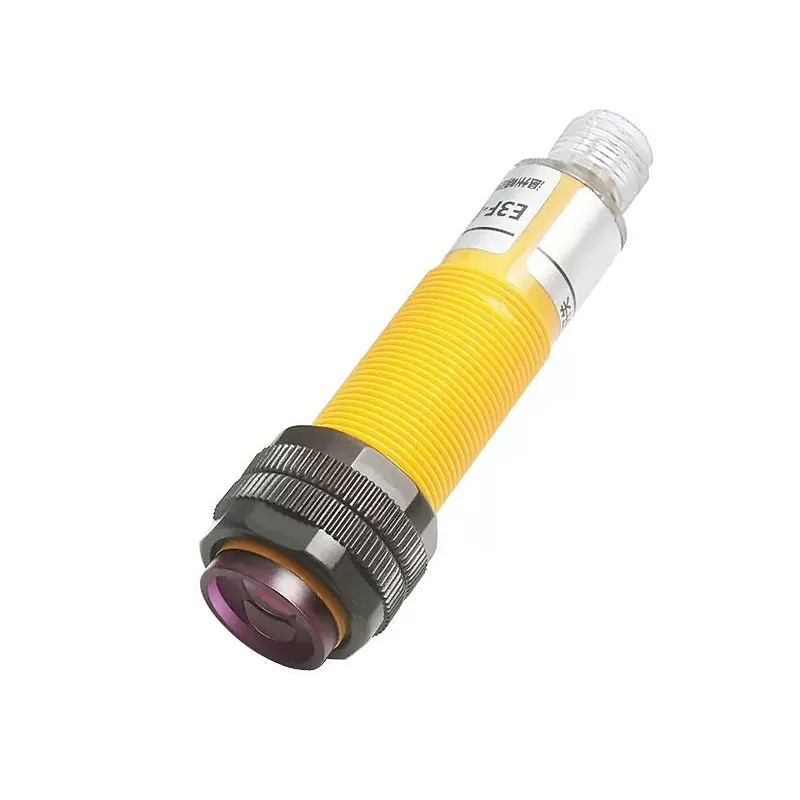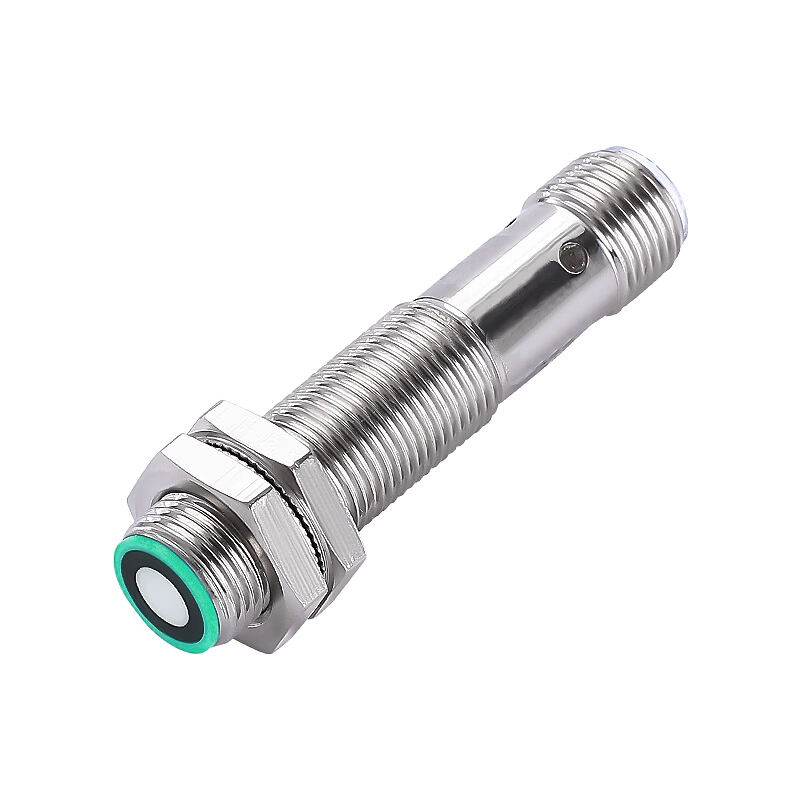sensore fotoelettrico
Un sensore fotoelettrico è un dispositivo elettronico avanzato che utilizza la luce per rilevare la presenza, l'assenza o la distanza di oggetti. Funzionando sul principio dell'emissione e della ricezione della luce, questi sensori sono composti da un emettitore che proietta un fascio di luce e da un ricevitore che rileva le variazioni nel pattern luminoso. Quando un oggetto interrompe o riflette il fascio di luce, il sensore attiva una risposta. La tecnologia incorpora diversi metodi di rilevamento, tra cui a barriera, retro-riflesso e diffusivo, rendendola estremamente versatile per diverse applicazioni. I sensori fotoelettrici moderni presentano sensibilità regolabile, molteplici opzioni di uscita e strutture resistenti che proteggono dai fattori ambientali. Eccellono nelle applicazioni di automazione industriale, processi produttivi, sistemi di sicurezza e controllo qualità. Questi sensori possono rilevare oggetti piccoli anche solo pochi millimetri e operare a distanze che vanno da pochi centimetri a diversi metri. I modelli più avanzati includono funzioni come la soppressione dello sfondo, che permette loro di ignorare gli oggetti oltre una certa distanza, e display digitali per una facile configurazione e monitoraggio. Il tempo di risposta rapido dei sensori, tipicamente nell'ordine dei millisecondi, consente loro di gestire efficacemente applicazioni ad alta velocità.

